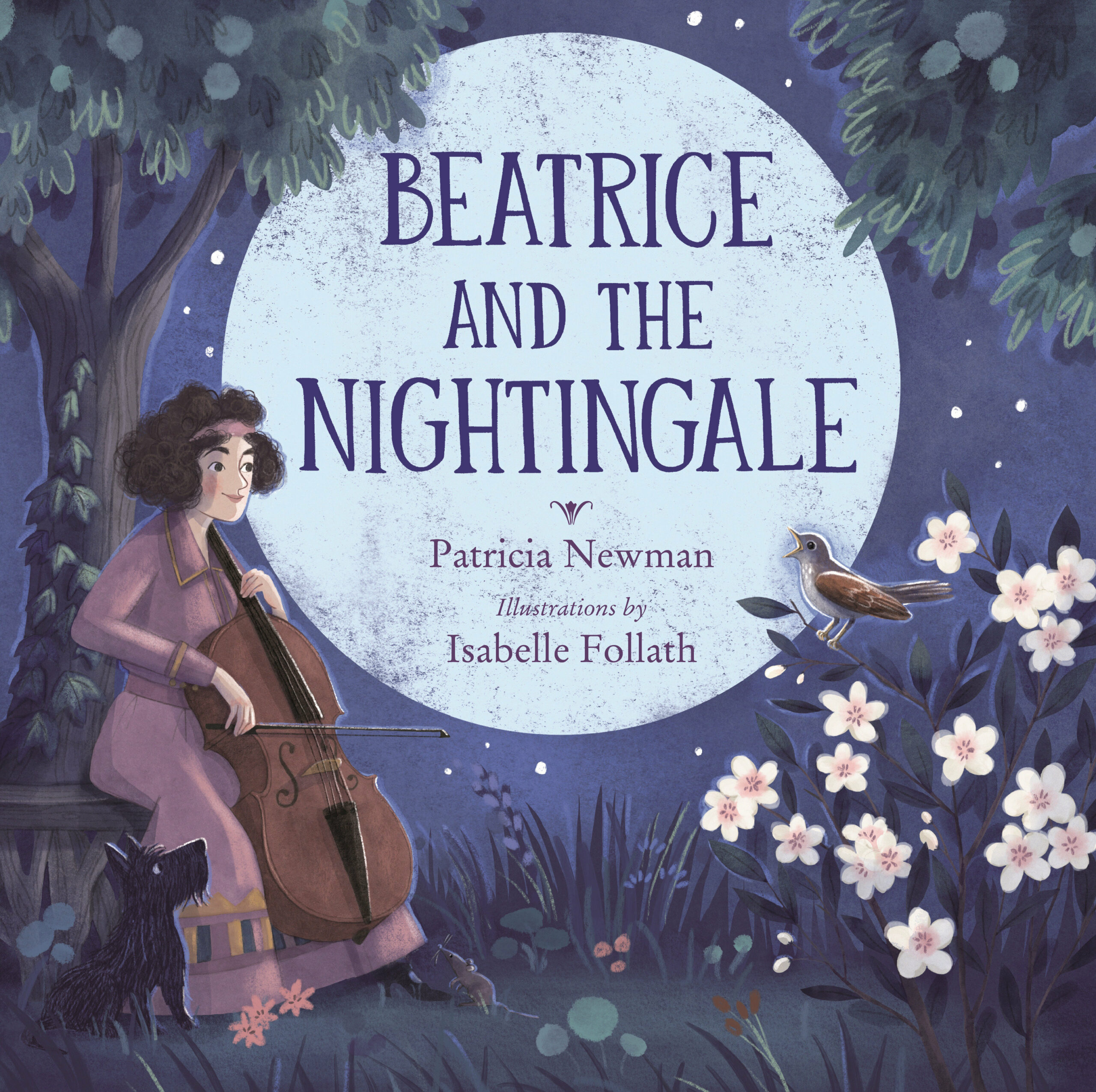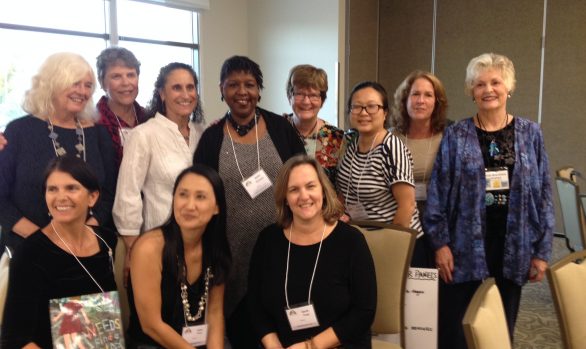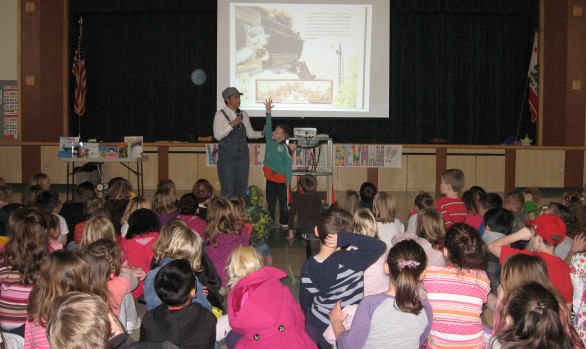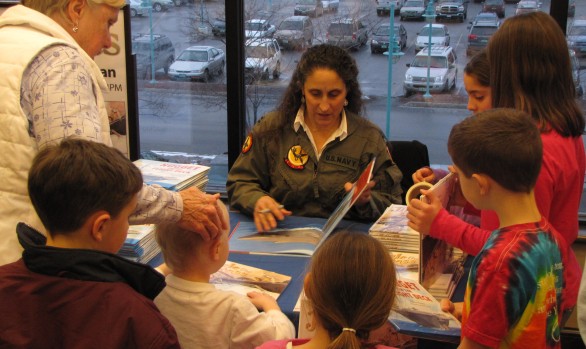by Patricia Newman
Illustrations by Isabelle Follath
Margaret Quinlin Books/Peachtree, 2026
On May 19, 1924, a duet between a young cellist and a male nightingale was broadcast across the British Commonwealth as far away as Canada, India, and Australia to over one million listeners. It was an unprecedented collective experience made possible by the invention of the radio and a new microphone that picked up sounds of nature.
Beatrice Harrison, considered one of the greatest cellists of the 20th century and a musical prodigy, was that cellist. This biography describes Beatrice’s singular dedication to music from a very early age.
One evening while Beatrice was practicing her cello in the garden, she heard a creature repeating the music she was playing. It turned out to be a nightingale. She played many nights with the bird and was completely enthralled. Wanting to share the experience, she convinced the head of the newly formed BBC to take a chance on a live broadcast from her garden.
The resulting duet was a smashing success and Beatrice received more than 50,000 letters in response. Overnight, she became known as the Lady of the Nightingales and for twelve years thereafter the cellist and the bird were broadcast annually to BBC listeners from her garden in Surrey.












